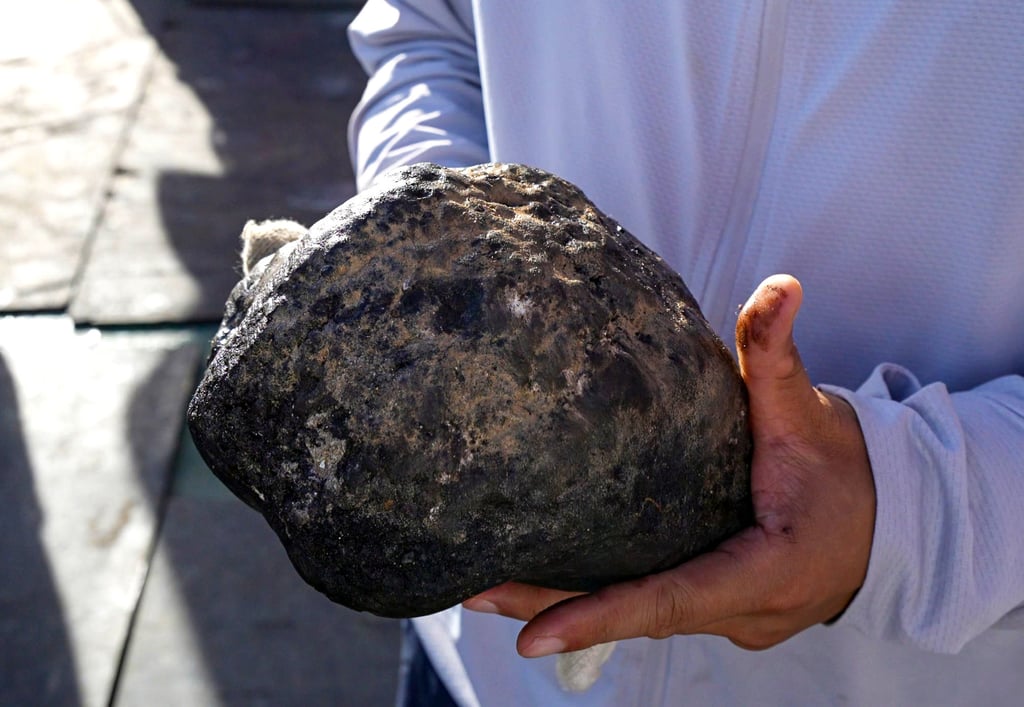Published: 6:00am, 1 Oct 2025Updated: 6:39am, 1 Oct 2025
Beneath the vast expanse of the Pacific Ocean lie small, black, potato-sized treasures – polymetallic nodules rich in valuable metals and rare earth elements – waiting to be unearthed.
Advertisement
Strewn across the sea floor of the Pacific, Atlantic and Indian oceans, the coveted nodules and other forms of ocean deposits are gaining widespread attention. Yet for all their vast potential, deep-sea mining remains off-limits for now.
The obstacle is not merely technological feasibility but a lack of legal clarity.
Under the United Nations Convention on the Law of the Sea (Unclos), resources in international waters are deemed the common heritage of humankind, belonging equally to all countries regardless of their geographic position or technological capabilities.
Unclos states that the commercial exploitation of seabed minerals can only begin with the establishment of a general mining code, a comprehensive set of legal, environmental and operational regulations.
Advertisement
This task falls to the International Seabed Authority (ISA), a UN agency. However, the code’s finalisation has stalled within the ISA framework, largely due to mounting environmental concerns.


